In the rolling vineyards of Bordeaux, a quiet revolution is unfolding—one that involves Chinese investors acquiring some of France’s most prestigious wine estates at an unprecedented pace. Over the past decade, China’s wealthy elite have turned their attention to French châteaux, not just as trophies but as strategic assets in a booming global wine market. The trend has surged to record-breaking transaction volumes, with deals surpassing €500 million in recent years. What began as a niche interest has evolved into a full-blown movement, reshaping the landscape of Bordeaux’s centuries-old wine industry.
The allure of French vineyards for Chinese buyers is multifaceted. For many, owning a château symbolizes prestige, connecting them to a legacy of European luxury and craftsmanship. "It’s not just about the wine—it’s about heritage," explains Jean-Luc Dupont, a Bordeaux-based wine broker who has facilitated several high-profile sales. "Chinese buyers see these estates as cultural assets, much like acquiring a piece of art or a historic landmark." Beyond status, the acquisitions are also shrewd business moves. With China’s domestic wine consumption growing and its affluent middle class developing a taste for premium imports, controlling production at the source offers a competitive edge.
One of the most notable transactions in recent years involved Château Bellefont-Belcier, a Saint-Émilion Grand Cru estate purchased by a Chinese conglomerate for a sum rumored to exceed €30 million. The deal sent ripples through the industry, signaling that Chinese investors were no longer limiting themselves to lesser-known properties. "They’re targeting classified growths now—the crème de la crème," says Dupont. This shift reflects both deeper pockets and a maturing understanding of the wine trade. Unlike earlier buyers who focused on bulk production, newer investors prioritize terroir, appellation status, and brand potential.
The French government has taken note of this gold rush, with mixed feelings. While foreign investment injects much-needed capital into rural economies, some locals worry about cultural dilution. "There’s a fear that these châteaux could become ‘Disneyfied’—marketed more as luxury resorts than working vineyards," admits Marie-Claire Lefèvre, a third-generation winemaker in Pomerol. Yet others argue that Chinese owners have proven to be respectful stewards. At Château de la Rivière in Fronsac, new management has preserved traditional winemaking methods while expanding distribution networks into Asia—a win-win scenario.
Behind the scenes, the buying spree reveals fascinating logistical complexities. Navigating France’s strict inheritance laws and agricultural regulations requires specialized legal teams, while language barriers and differing business customs can complicate negotiations. "You can’t just wire the money and get the keys," laughs Shanghai-based consultant Wei Zhang, who advises Chinese clients. "Due diligence might involve soil analysis, historical yield reports, even assessing how climate change could affect future vintages." These challenges haven’t dampened enthusiasm; if anything, they’ve professionalized the process, attracting more serious investors.
The phenomenon extends beyond Bordeaux. In Burgundy, where vineyard plots are smaller and prices per hectare can reach astronomical sums, Chinese buyers have begun making strategic acquisitions. Champagne houses have also drawn interest, though their cooperative structures make outright purchases rare. What unites these deals is a long-term vision: rather than flipping properties for quick profits, most Chinese owners are playing a generational game. "They’re thinking in terms of decades, not quarters," observes wine journalist Isabelle Moreau. "This isn’t speculative—it’s about building family legacies."
As the trend matures, its impact on the global wine market becomes increasingly apparent. Chinese-owned châteaux now account for over 5% of Bordeaux’s total production, with much of that output destined for Asian markets. Critics initially questioned whether these estates could maintain quality under new ownership, but many have silenced their doubts after tasting recent vintages. "The 2018 and 2019 releases from Chinese-acquired properties have been spectacular," notes Master of Wine Richard Hemming. "If anything, the influx of capital has allowed for technological upgrades that benefit quality."
Looking ahead, industry insiders predict the wave of acquisitions will continue, though possibly at a more measured pace. Economic headwinds in China and tighter capital controls have made megadeals less frequent, but interest remains strong among ultra-high-net-worth individuals. Meanwhile, a second generation of Chinese wine entrepreneurs—many educated at European universities—are bringing fresh perspectives to inherited estates. "We’re seeing more innovation now," says Dupont. "Younger owners are experimenting with organic viticulture, direct-to-consumer sales, even wine tourism packages tailored for Chinese visitors."
For France’s wine regions, this cross-cultural exchange presents both opportunities and challenges. While purists may lament the changing of the guard, the reality is that Chinese investment has revitalized struggling estates and introduced Bordeaux to millions of new consumers. As the sun sets over the Gironde estuary, casting golden light on vineyards old and new, one thing seems certain: the marriage of French terroir and Chinese ambition is yielding some extraordinary vintages—in both wine and business.

By Megan Clark/Apr 11, 2025
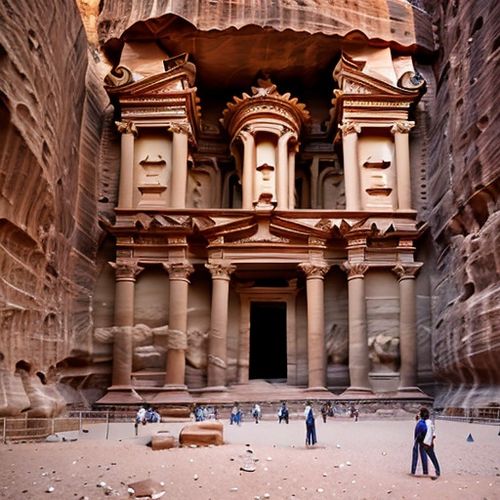
By John Smith/Apr 11, 2025
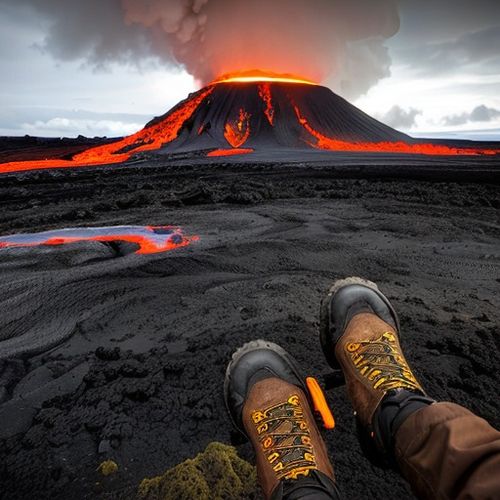
By James Moore/Apr 11, 2025
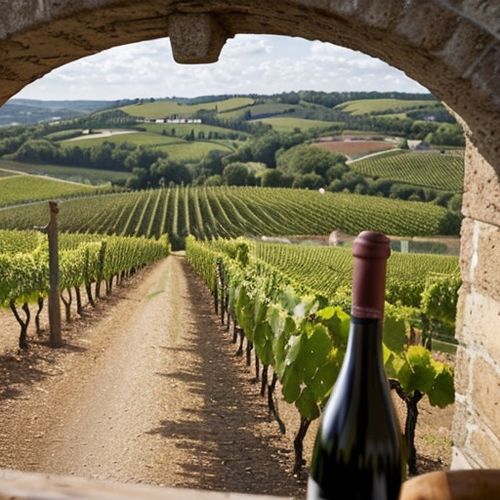
By Victoria Gonzalez/Apr 11, 2025

By John Smith/Apr 11, 2025
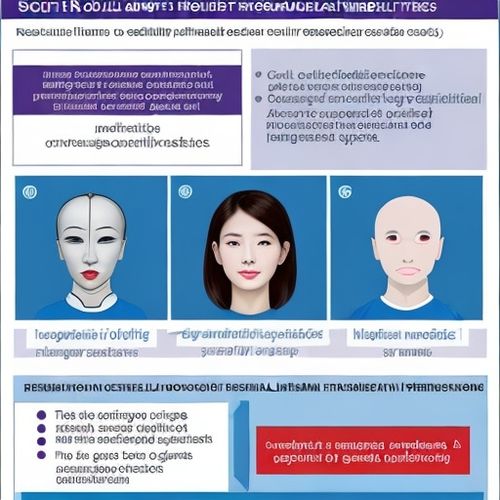
By Rebecca Stewart/Apr 11, 2025

By Megan Clark/Apr 11, 2025

By John Smith/Apr 11, 2025
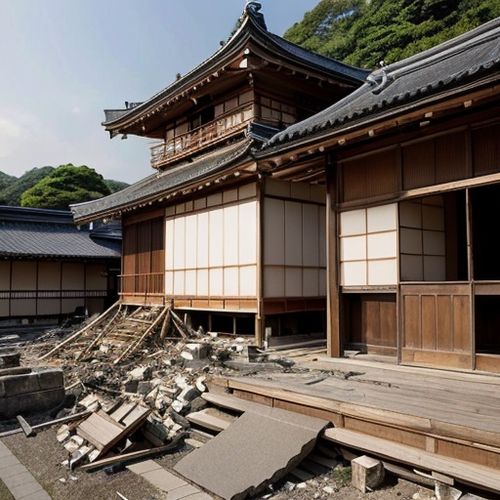
By Ryan Martin/Apr 11, 2025

By Samuel Cooper/Apr 11, 2025
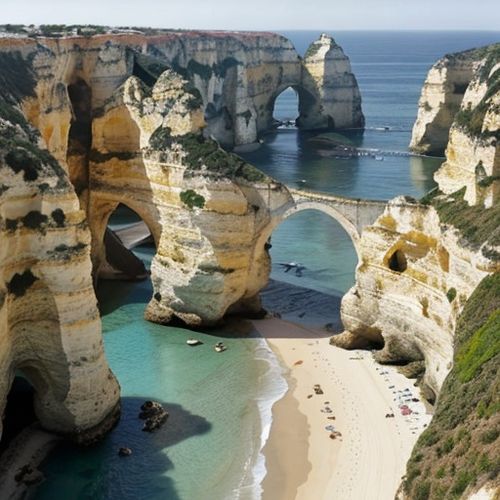
By Emily Johnson/Apr 11, 2025

By James Moore/Apr 11, 2025
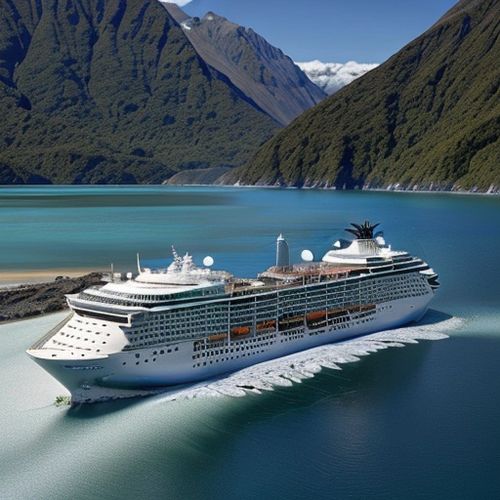
By David Anderson/Apr 11, 2025
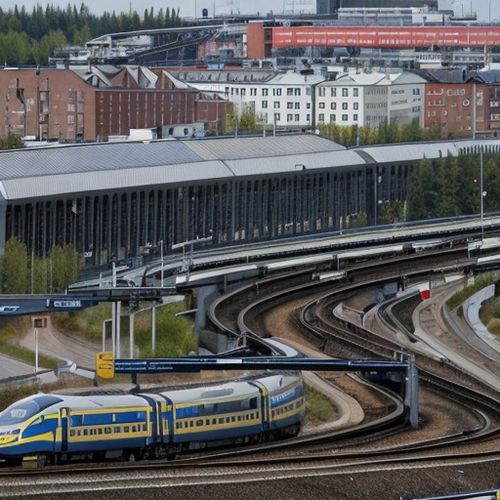
By Ryan Martin/Apr 11, 2025
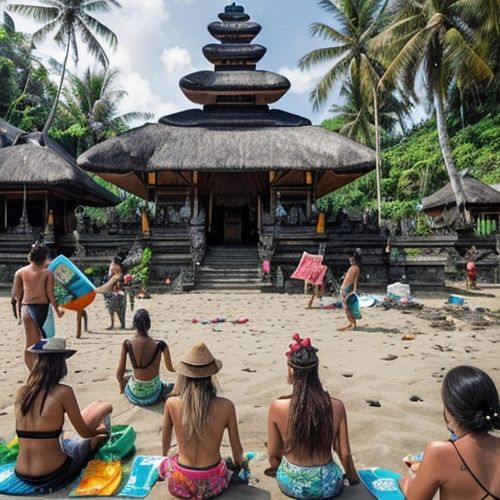
By William Miller/Apr 11, 2025
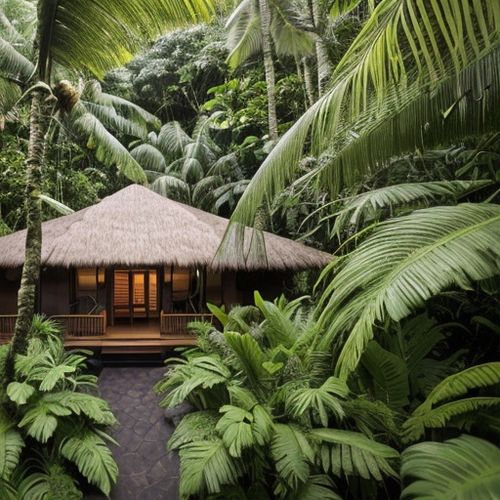
By George Bailey/Apr 11, 2025
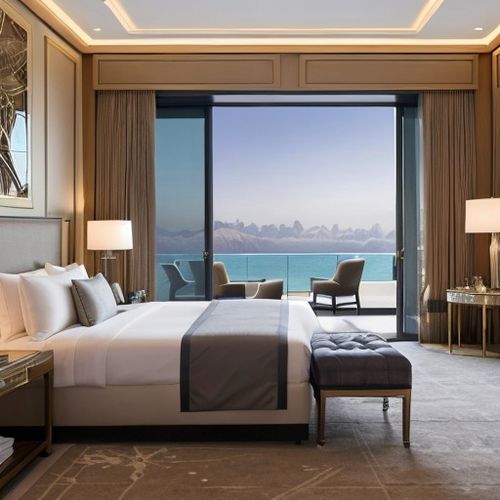
By Daniel Scott/Apr 11, 2025

By Sophia Lewis/Apr 11, 2025
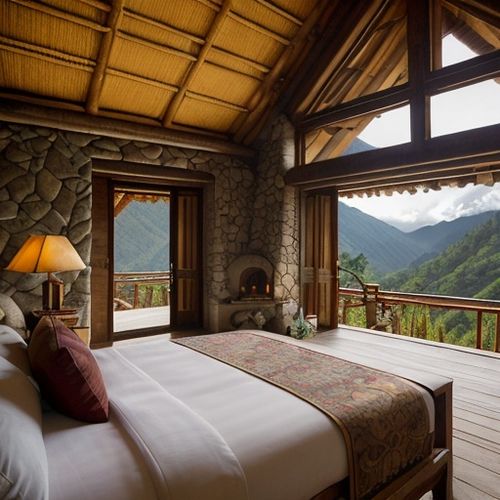
By Megan Clark/Apr 11, 2025
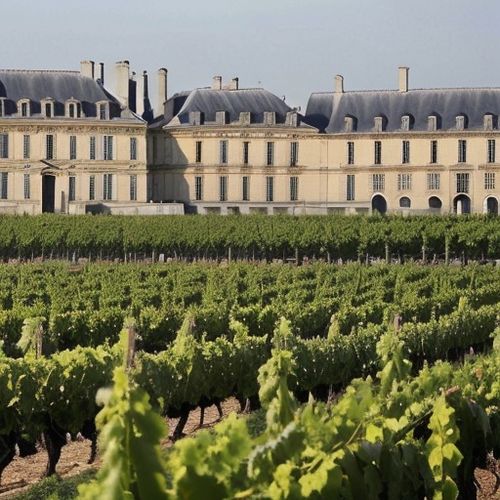
By David Anderson/Apr 11, 2025